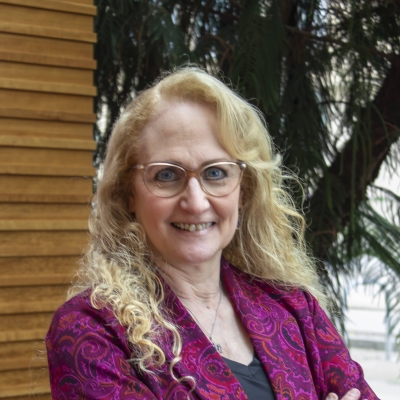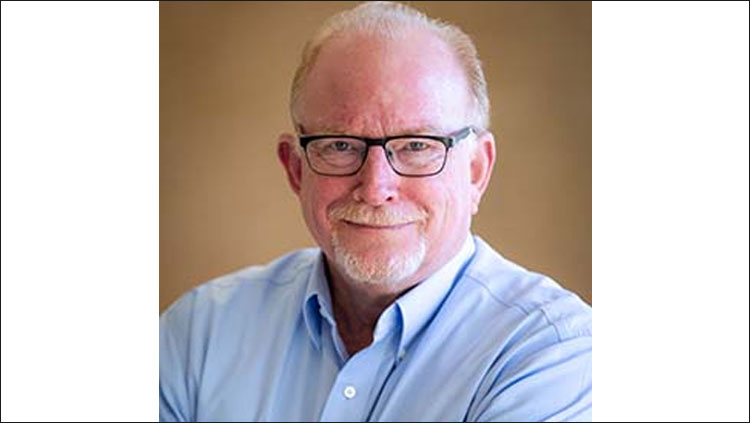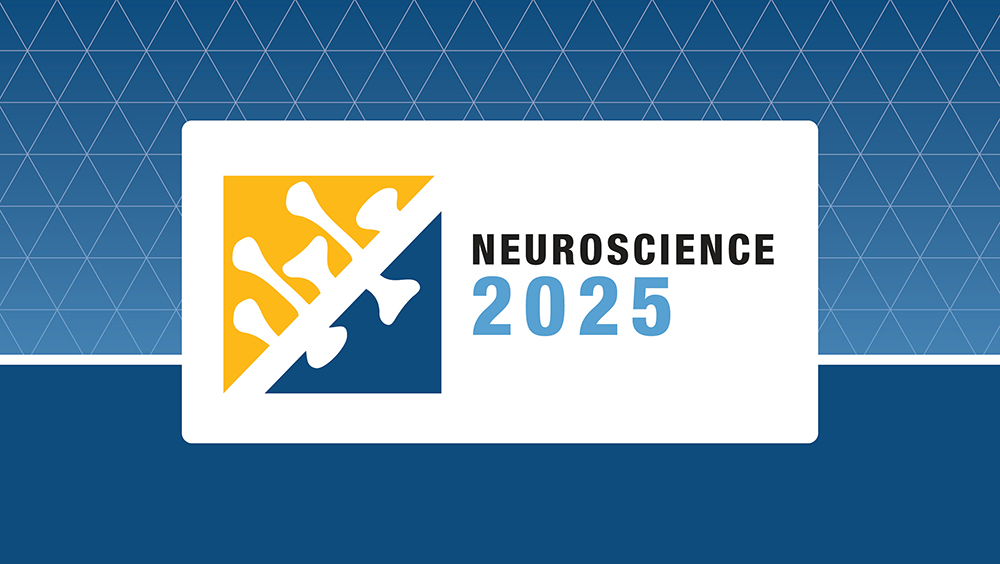Q&A: Jo Handelsman, Chair of the Coalition for Life Sciences

Jo Handelsman
Jo Handelsman is the director of the Wisconsin Institute for Discovery and a Vilas Research Professor and Howard Hughes Medical Institute Professor in the Department of Plant Pathology at the University of Wisconsin-Madison. She previously served as a faculty member at the University of Wisconsin-Madison and Yale University and as a science advisor to President Barack Obama in her role as Associate Director for Science in the White House Office of Science and Technology Policy (OSTP).
Handelsman has published over 250 research papers on how microorganisms cooperate with and antagonize each other in communities. She is known for pioneering the field of functional metagenomics. Her recent work with neurobiologist Richard Davidson focuses on the effects of meditation on depression and the gut microbiome. Handelsman has also made significant contributions to research and practices for increasing diversity in STEM education. Handelsman is a member of the National Academy of Sciences and the National Academy of Inventors.
Neuroscience Quarterly (NQ): Briefly, what is the Coalition for Life Sciences (CLS)?
Jo Handelsman (JH): CLS is an alliance of professional scientific organizations and scientists from academia and industry working together to foster policy that advances basic biological research and its applications in medicine and other fields. CLS views modern biological research from a broad perspective, embracing concepts and technologies from the physical sciences, engineering, and computation.
NQ: SfN is one of CLS’ organizational members. Traditionally, how has CLS complemented SfN’s advocacy efforts?
JH: CLS connects SfN in a substantive way to the advocacy strategies of societies that represent life scientists in other fields. CLS members can join together on issues of great importance or choose to “divide and conquer” when many issues are simultaneously brewing. Where SfN excels at grassroots advocacy, elevating the voices of tens of thousands in your community, CLS relies on a small group of renowned researchers to elevate the same message from the so-called “grass tops.”
NQ: The Trump administration’s policies have been hugely disruptive to the research enterprise. How is CLS responding to these policies?
JH: CLS has responded to current disaster with several broadly circulated statements about the impact of the recent decisions on life sciences research, letters to heads of agencies and members of Congress, and visits to Congress to discuss the impact of new and proposed policies. We have also provided assistance to senators preparing for confirmation hearings and explanations for scientists to understand facilities and administrative (F&A) policies.
NQ: How can individual scientists get involved in advocating for stability in research policy?
JH: The best way to influence policy is to write or call representatives in Congress. It’s important to comment on every issue, which sometimes means making contact every week. It’s critical for Congress to understand the will of the people regarding science.
NQ: What is the top goal that you would like to see CLS accomplish in the next year?
JH: The most important goal is to protect biological sciences in the FY 2026 budget. The president’s proposed cuts of NIH by 42% and NSF by 55% would devastate science and health in the United States. We will try to ensure that Congress restores these budgets to at least the FY 2025 level.























